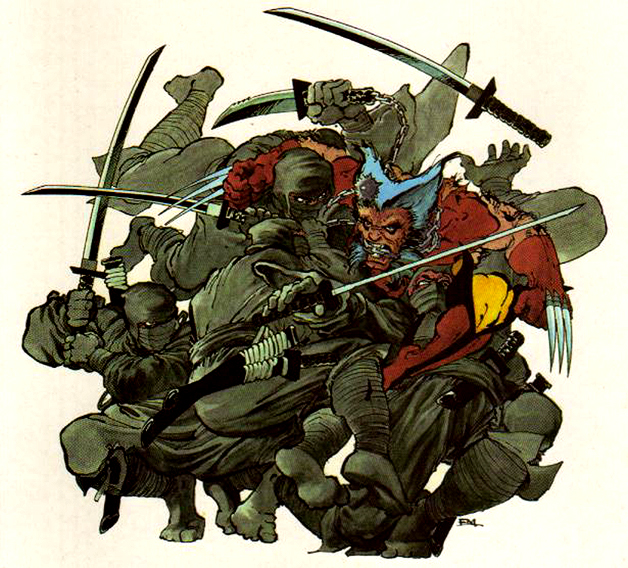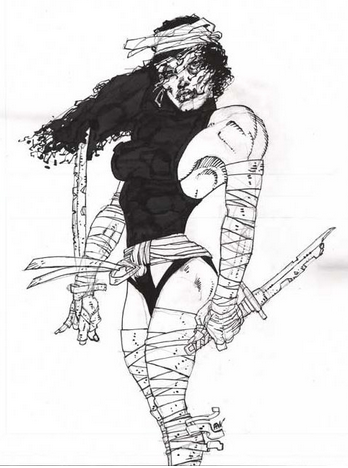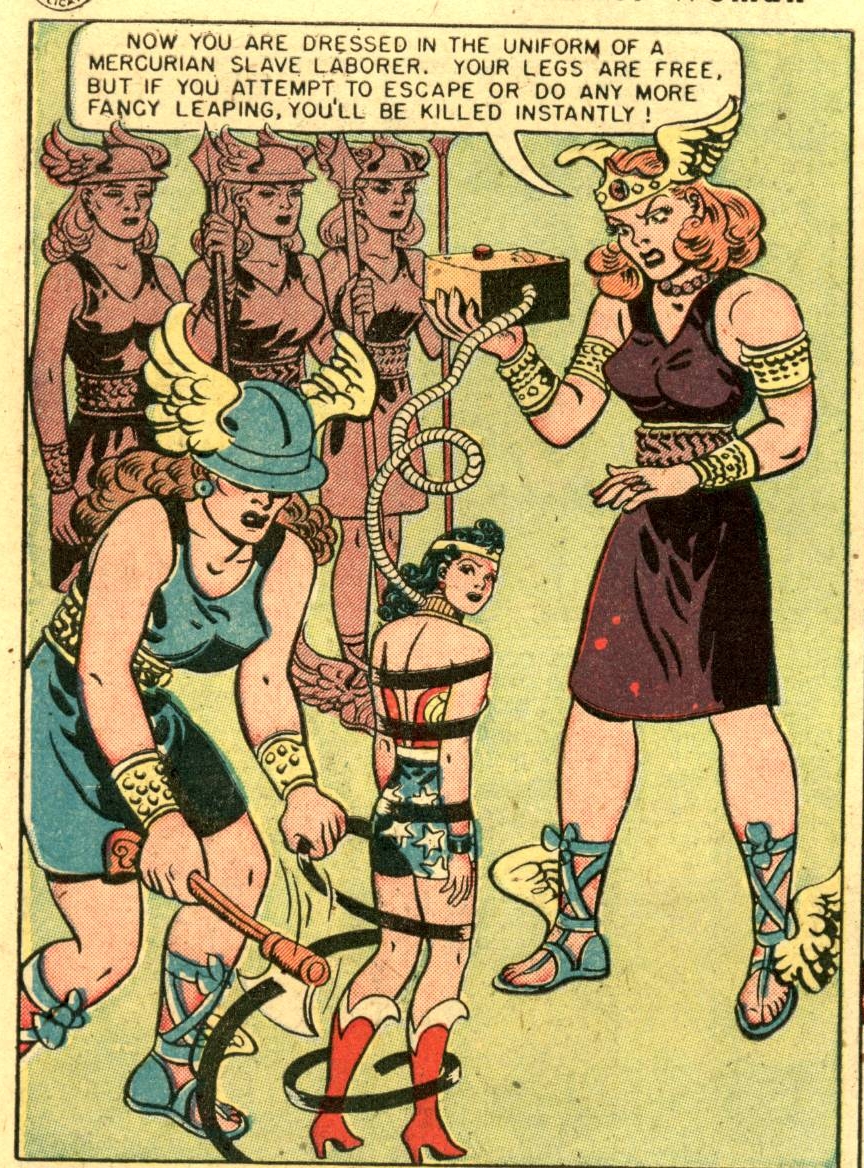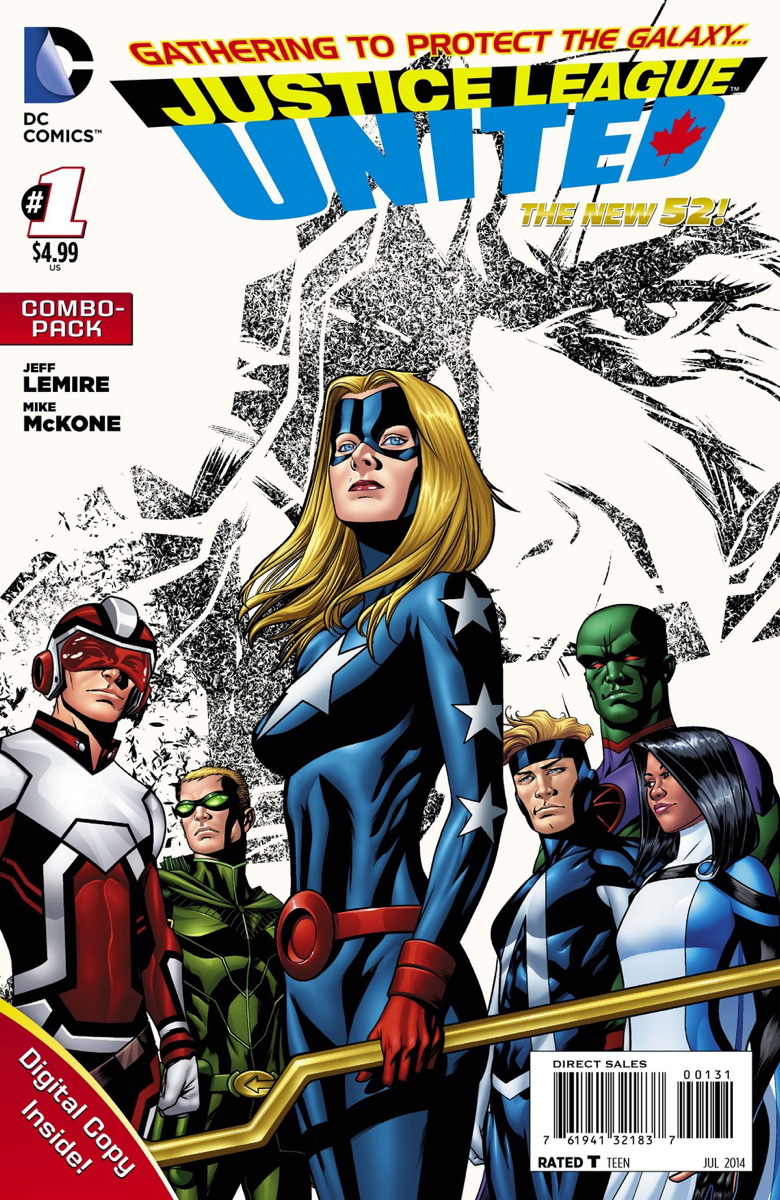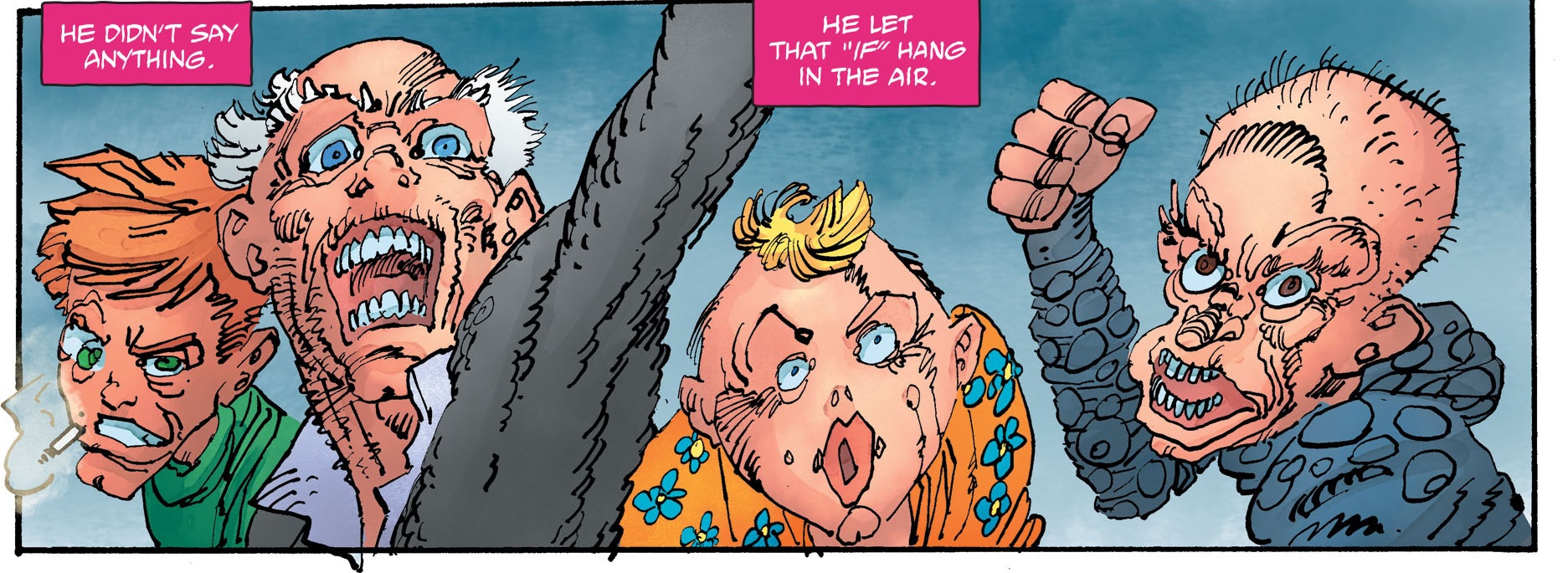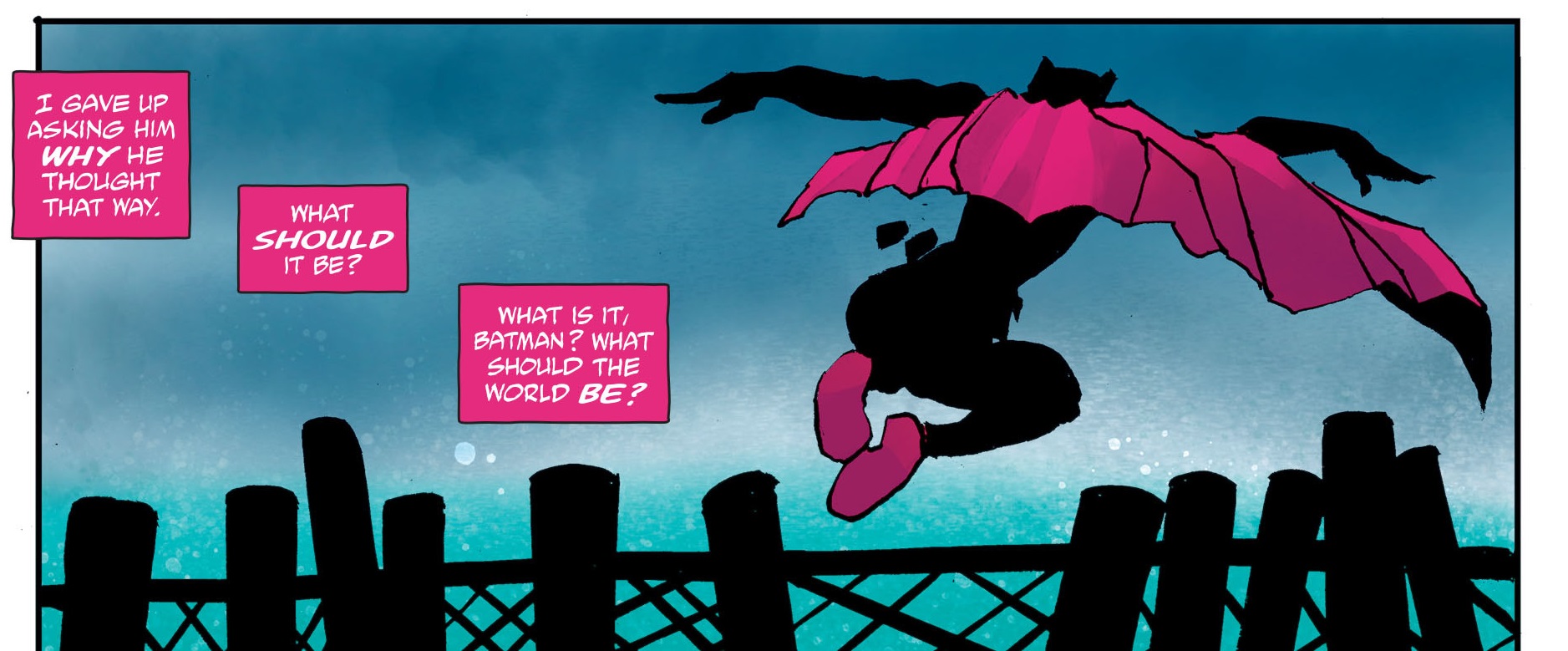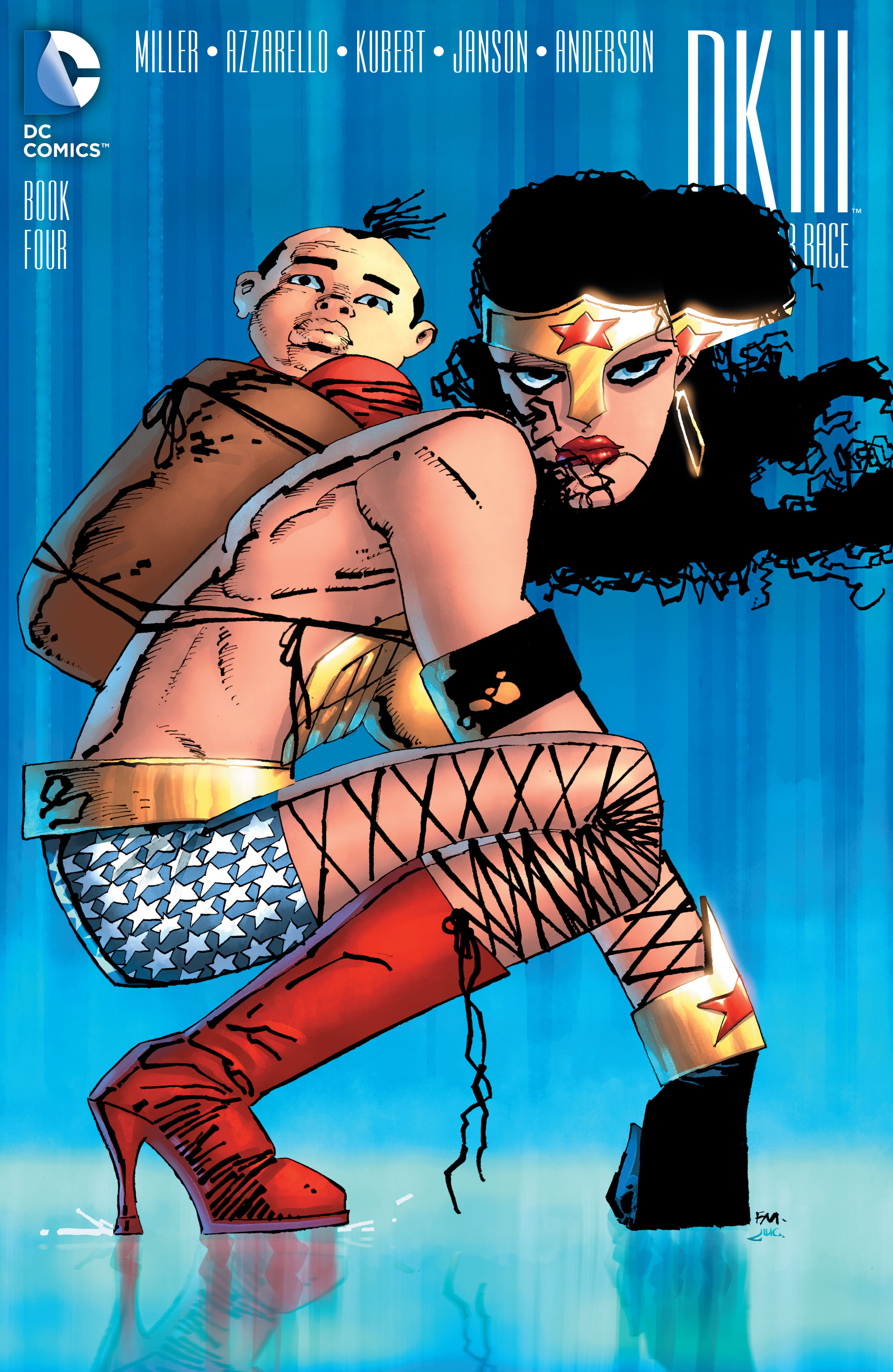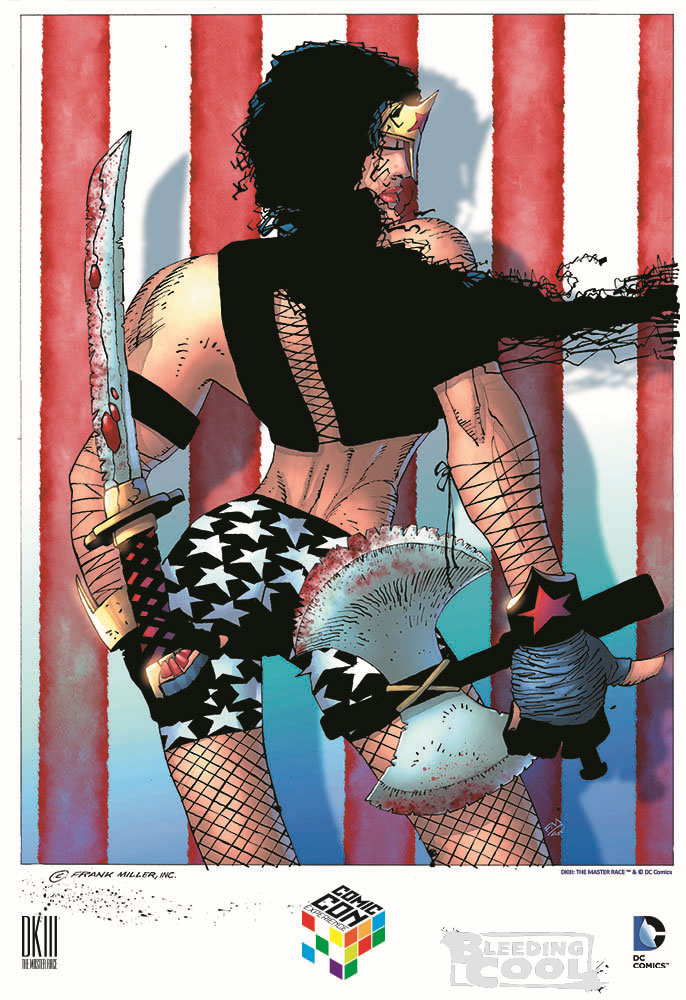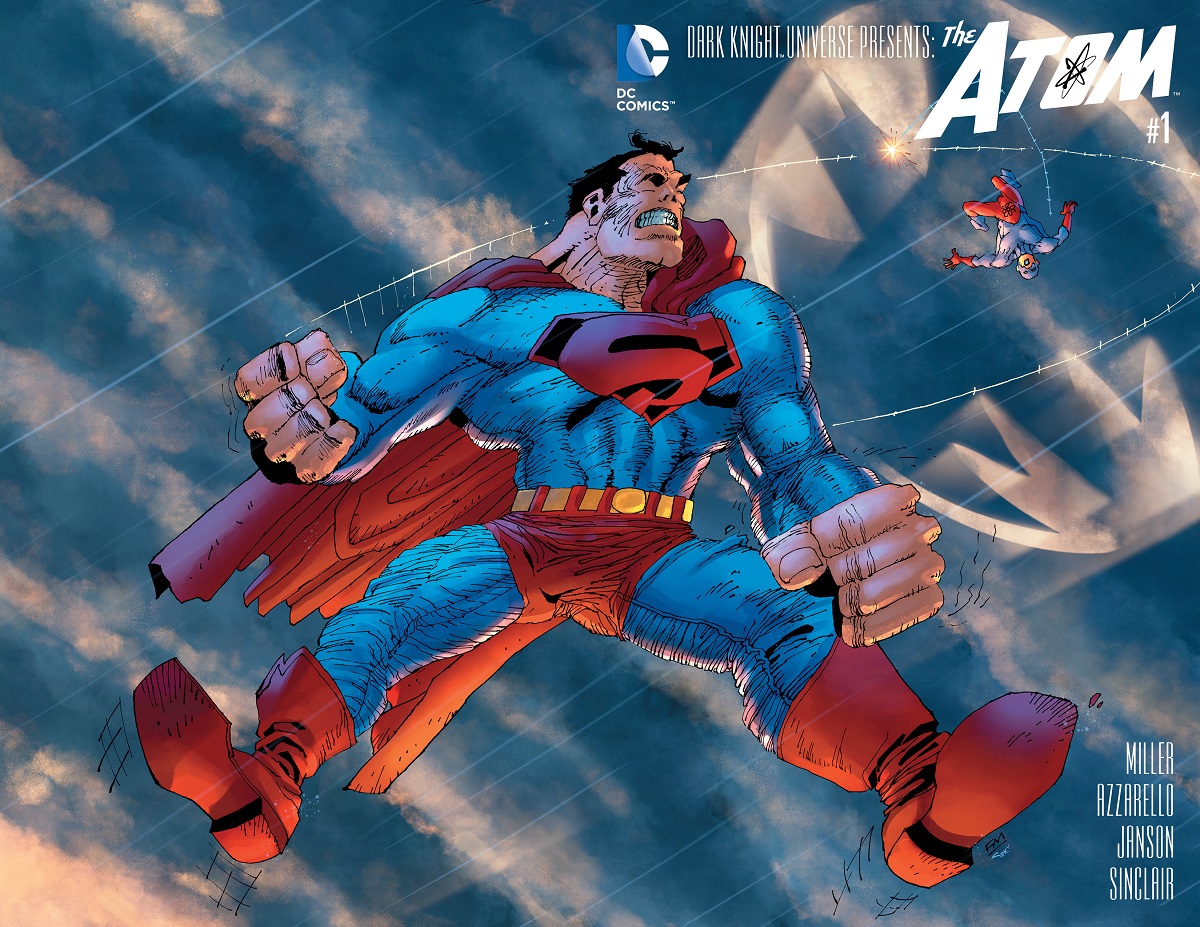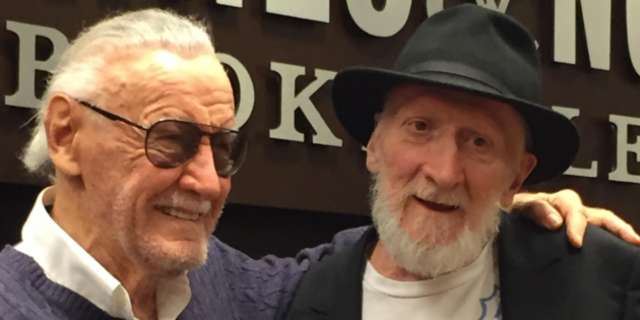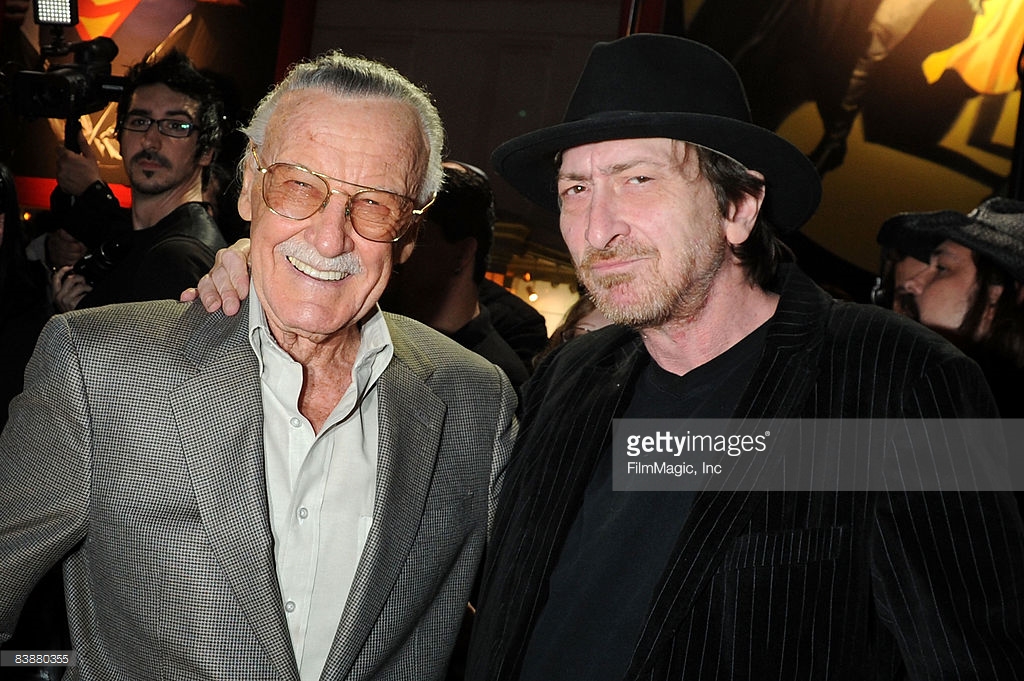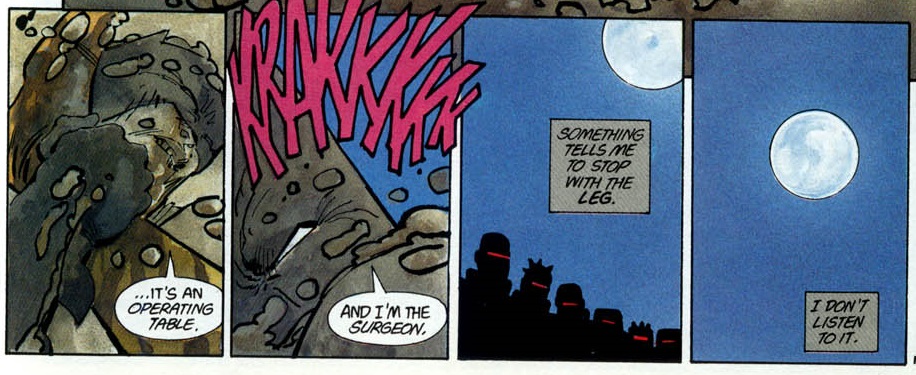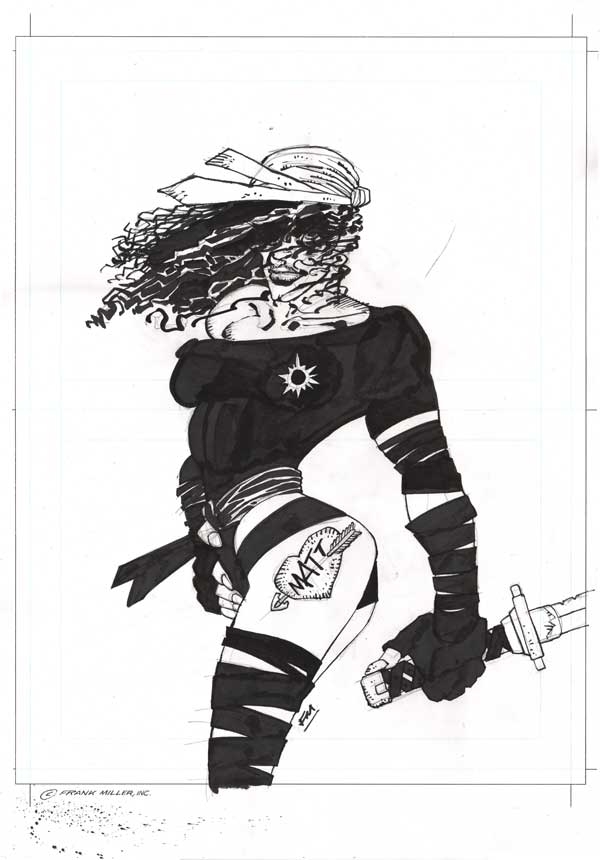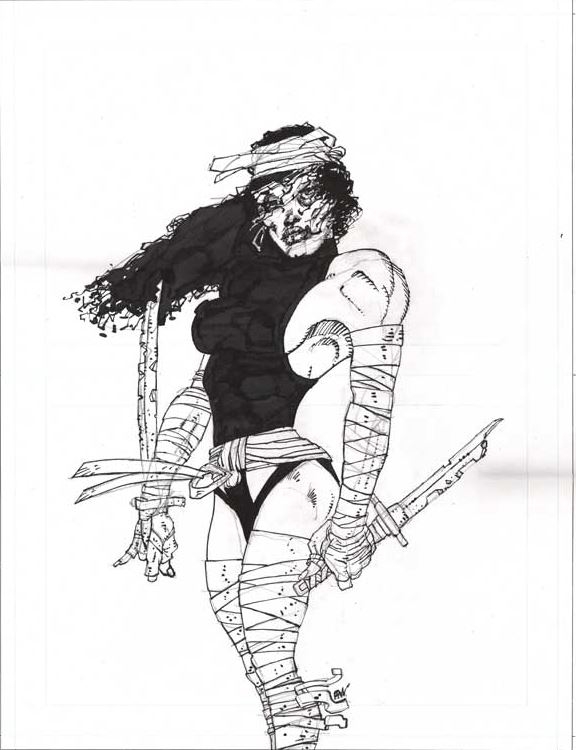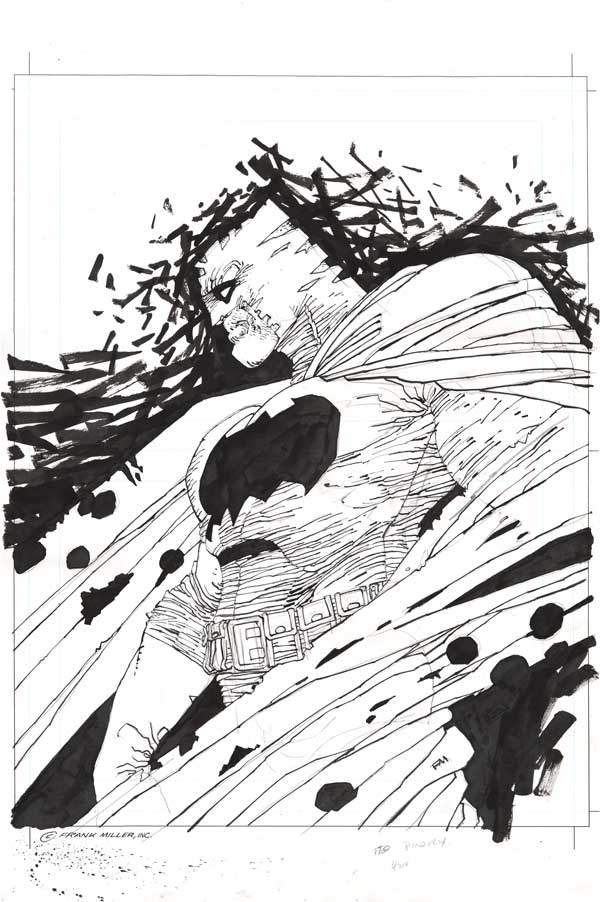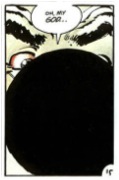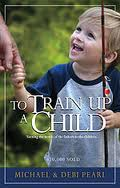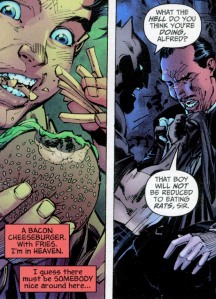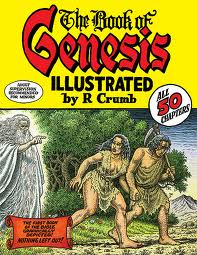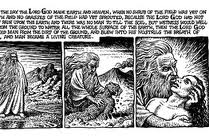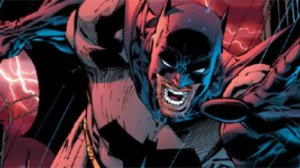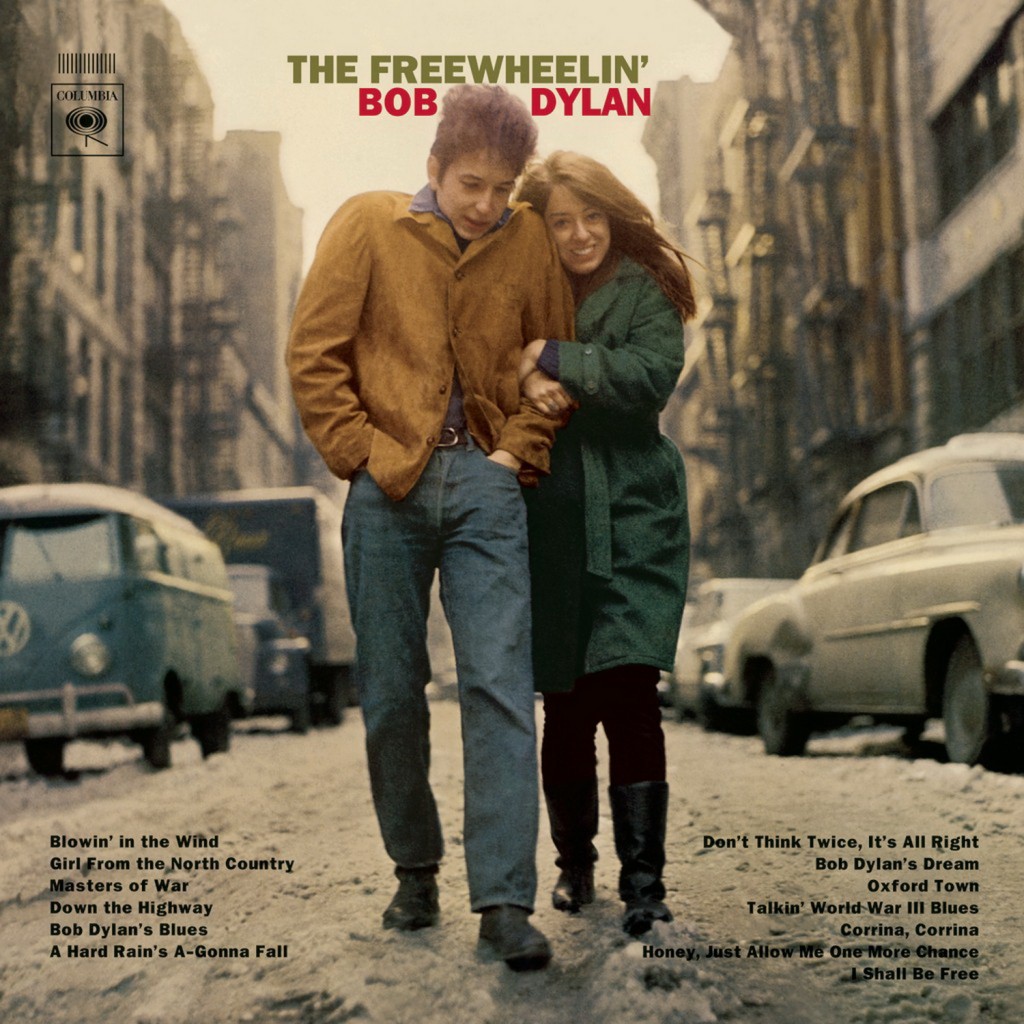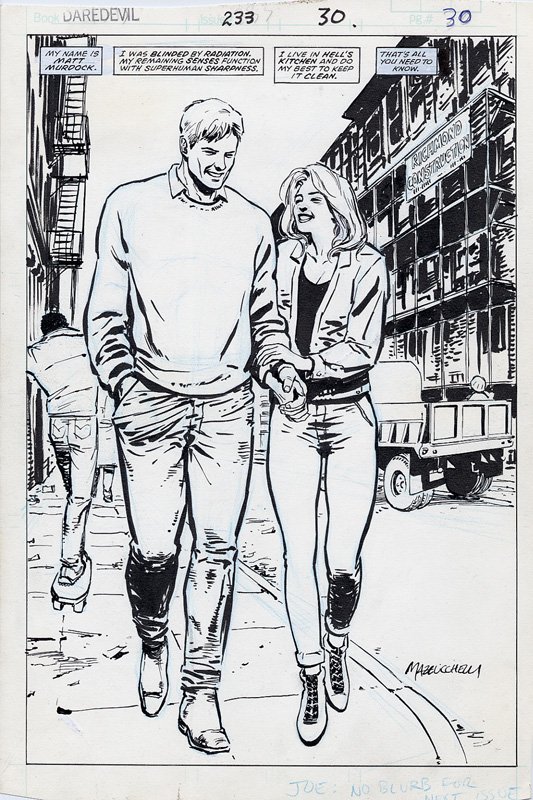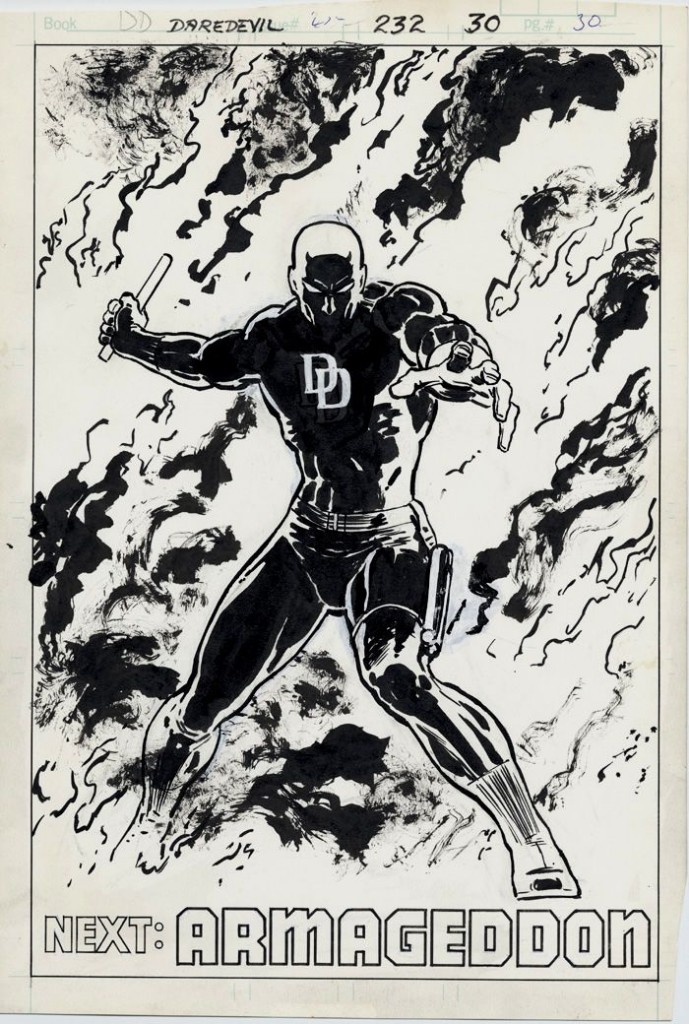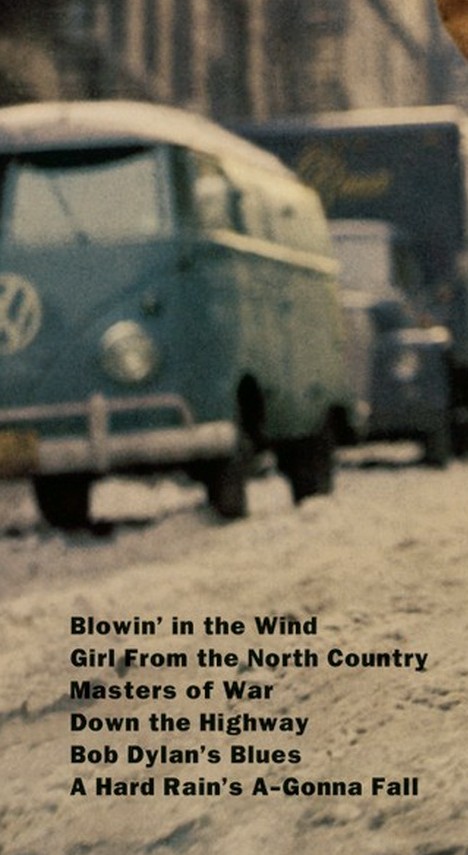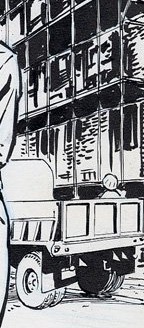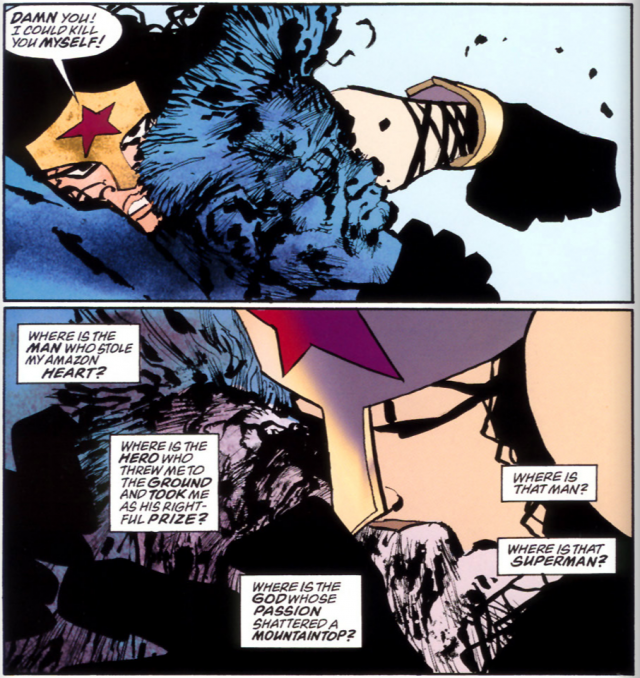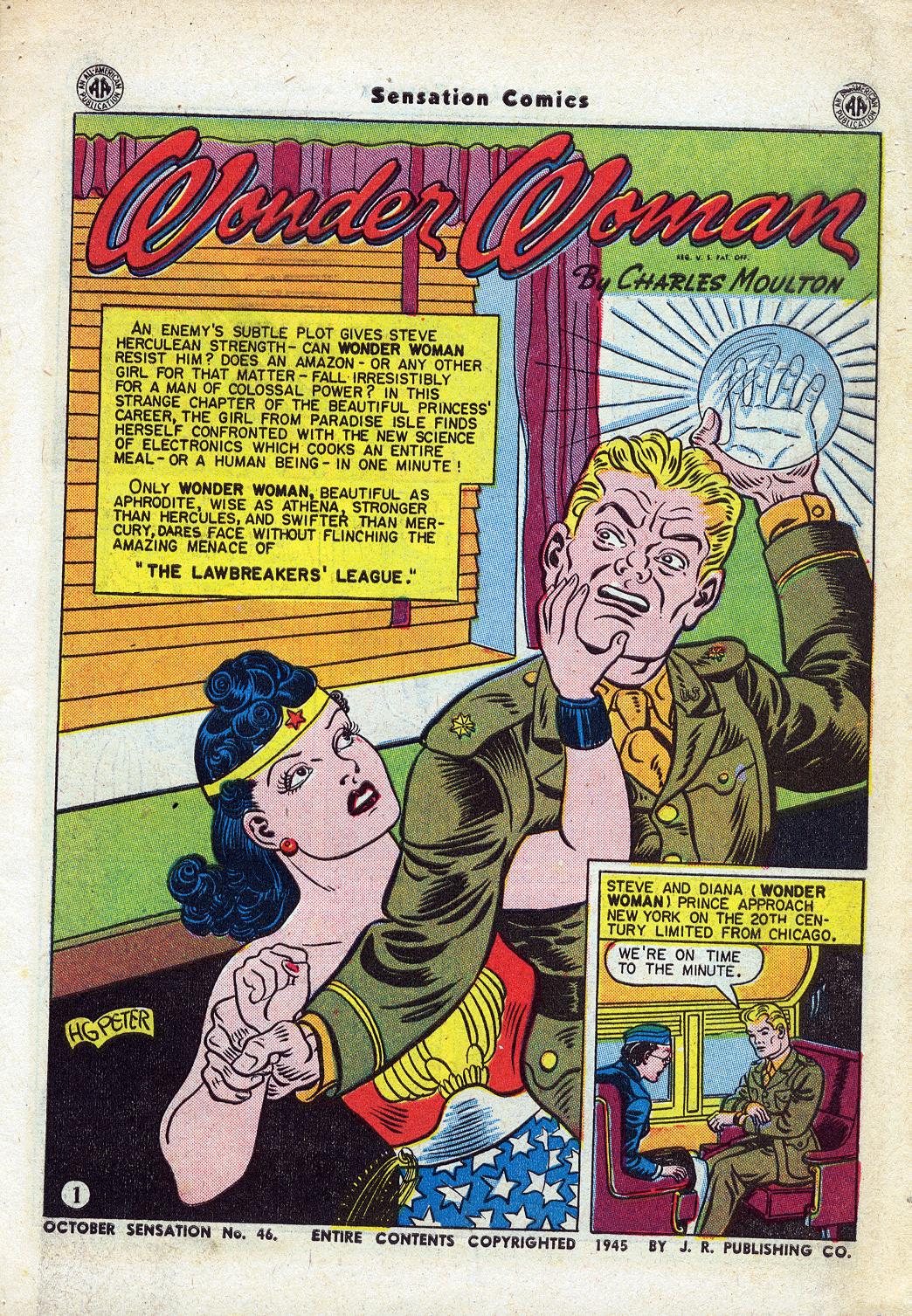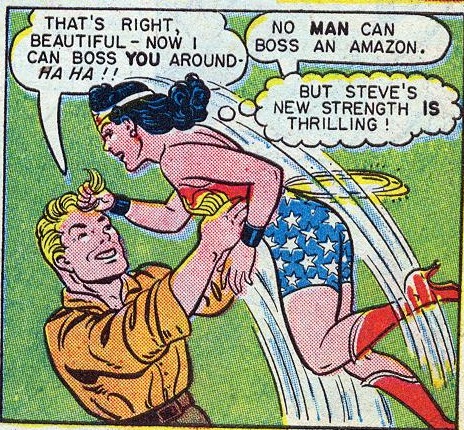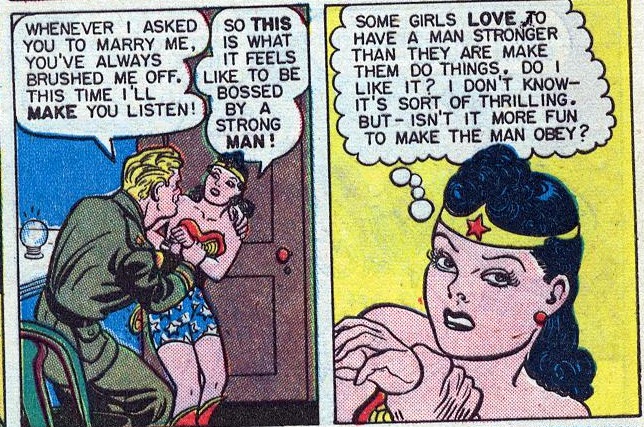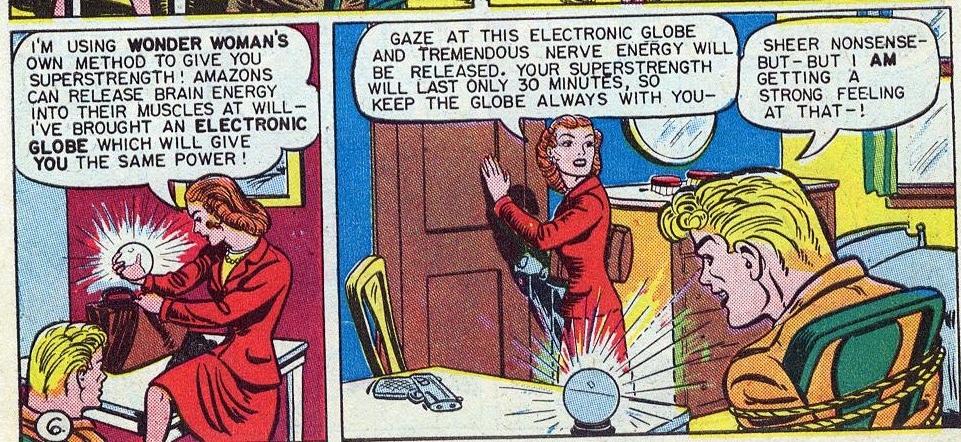In 1986, Frank Miller made headlines with The Dark Knight Returns, introducing a tougher, meaner, more Eastwood-like Batman, and kicking off the “grim and gritty” trend in adventure comics. The Dark Knight Returns is not only a good superhero story; it is also a comment on and critique of superhero stories, showing us the underlying mechanics and the foundational assumptions of the genre.
Another title, released that same year, did something similar. I don’t mean Watchmen (though it obviously did); I mean the largely overlooked Daredevil: Love and War. Also written by Frank Miller, and graciously illustrated by Bill Sienkiewicz, the novel offers an articulate critique of the kind of heroism implied by the ideals of chivalry. Years later, this critique became a recurring motif in Miller’s over-the-top noir series, Sin City. In both cases, Miller deploys sexist conventions in order to undermine them.
The Stories Men Tell Themselves
Love and War is explicitly about men, women, and power.
The book’s premise is that Vanessa Fisk, wife of Kingpin Wilson Fisk, has suffered some sort of psychological break and ceased to speak. Desperate, the Kingpin kidnaps Cheryl Mondat, the wife of a prominent psychologist. He then forces Dr. Mondat to treat Vanessa: “I could not simply hire you,” the Kingpin explains. “I want your passion, doctor. . . . You must know that you hold in your hands the life of the woman you cherish.”
Matt Murdock, the Daredevil, rescues the kidnapped woman — if “rescue” is the right word. “I make all the right promises,” he narrates; “She doesn’t cry. . . . Her voice is strong when she asks me who I am.”
“I’m a friend, Mrs. Mondat,” he says.
“And I’m your prisoner,” she replies.
Daredevil then sets off to attack Fisk Tower in a foolhardy effort to rescue the doctor. While he is away, Victor — the animalistic, pill-addled, psycho hired to kidnap Cheryl in the first place — manages by a combination of good luck and pure evil craziness to track her to Matt Murdock’s apartment, where he tries, not only to kidnap her again, but also to sexually assault her, and (given his previous performance) likely murder her in the bargain.
Surprisingly much of the story is given over to Victor’s point of view, and the narration — fragmentary though it is — recounts a delusional fantasy in which Victor is a knight and Cheryl a damsel in distress:
“I see us together, a queen and her most loyal knight. . . . Bandits attack. They pull you off your horse and tear your dress and throw you to the ground. . . . The bandits escape with my queen. . . . But I will find them. Save her honor.”
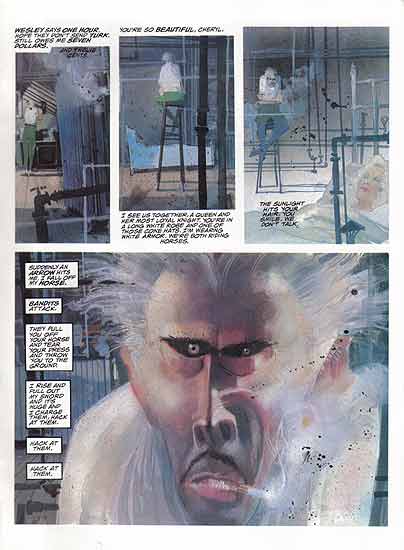
Elsewhere, he compares Cheryl to “Sleeping Beauty” and “Helen of Troy.”
The story Victor tells to himself is an inversion of reality: He is not her kidnapper, but her rescuer; not her attacker, but her protector. His intentions are not corrupt, but pure; his character noble rather than base; his actions chivalrous rather than criminal.
What stands out, as a result, is the way this hero story justifies Victor’s actions to himself, and how similar his justifications are to those of Daredevil. “She’s safe with me,” Matt thinks as he carries the drugged-unconscious woman to his apartment — though, like Victor, he has to remind himself repeatedly that “She’s a married woman.”
One could be forgiven for wondering if Murdock’s heroics, rather than providing the solution, might be part of the problem.
Failed Quests
It is not the Daredevil who saves Cheryl from Victor. She does that herself, cracking him across the face with a hot fireplace poker and then running him through. The image accompanying the coup de grace is, strikingly, that of a knight and queen riding into the sunset.
At the same moment Murdock, dressed as Daredevil, is assailing Fisk’s office tower. It’s a wasted effort. The task is impossible, and Matt is exhausted and injured before he even finds the hostages. By the time he reaches them, Vanessa, like Cheryl, has already found her own way to freedom.
With some gentle coaching from Dr. Mondat, Vanessa has managed to spell out a word using a child’s blocks. The word she spells is “XKAYP” — escape.
Her husband watches as the letters come together. “She stabs me,” Fisk thinks to himself. “She shatters me.”
It’s hard to know what we expect to happen next, but it’s pretty surely not going to be good. As Kingpin, Fisk has “built an empire on human sin,” and he maintains it through fear and cold, calculating violence. As Dr. Mondat was working with Vanessa, Wilson Fisk — “on a hunch” — ordered an arsonist “beaten with a lead pipe,” and then casually has one of his lieutenants, whom he suspects of treachery, assassinated. The scene is background, not even a subplot, just a moment of the day — but it reminds us who the Kingpin is, what he is capable of. How will such a man respond to his wife’s abandonment? What will he do to the doctor? to Vanessa?
The answer shows Fisk at his most human. He rages. He grieves. And then he relents. He flies Vanessa to Europe, gives her a fortune and a new identity. “The Kingpin will never see his wife again.”
As Fisk makes clear — not by saying so, but through his actions — his wife was never really his prisoner. Vanessa’s escape comes simply because she articulated her desire for it. Against all the conventions of the genre, in this telling it is the villain who behaves most decently.
By upending our expectations — about gender, about morality, and together, about heroism — Love and War also exposes them, and so exposes them to scrutiny. It turns out that a lot of what this story is about is, in fact, uncovering what these kinds of stories are about.
From Hell’s Kitchen to Sin City
On the surface, Sin City represents a vicious, vulgar blend of gendered stereotypes, sadistic ultraviolence, and paranoid conspiracy. For Frank Miller, however, “Every Sin City story is a romance of some sort.” As he told Publisher’s Weekly, “[E]ach story has a hero. There might be flaws. They might be disturbed, but if you look at it, ultimately their motives are pure. . . . they’re what I’d like to call ‘knights in dirty armor.'” The Sin City stories valorize these “knights,” but also complicate and undercut the chivalric ideal. Miller admits, of his knights’ quests, “They’re very dark, and the consequences are bad and they’re usually futile. . . .”
Men in the world of Sin City are all broad shoulders, hard fists, and gruff voices. The women are, with few exceptions, prostitutes or strippers; even those who aren’t rarely appear wearing more than lingerie. But, like Love and War, the Sin City stories push against the genre’s sexist assumptions.
Nearly every novel in the series features a tough guy trying to protect, defend, or avenge a woman, and making a mess of it: Dwight McCarthy’s efforts to defend his girlfriend from her abusive ex set the stage for the mob to take control of prostitution in Old Town. John Hartigan, a rare honest cop, manages to save an eleven-year-old girl from a murderous pedophile, only to lead the killer straight to her again later. Marv — whom Miller has described as “Conan in a trench coat” — can’t protect his “angel,” the prostitute Goldie. He blacks out drunk, and when he wakes up she is dead. What’s more, these failures are described in mock-heroic terms. The dominatrix Gail teasingly calls Dwight “Lancelot.” Hartigan chastises himself for “charging in like Galahad.” Marv reflects, in his fashion:
“You were scared, weren’t you, Goldie? Somebody wanted you dead and you knew it. So you hit the saloons, the bad places, looking for the biggest, meanest lug around and finding me. Looking for protection and paying for it with your body and more — with love, with wild fire, making me feel like a king, like a damn white knight. Like a hero. What a laugh.”
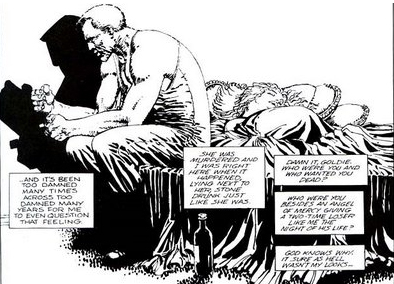
I won’t try to find a “moral” to the Sin City stories, but if there’s a lesson to be learned, it may be that male heroics are not what keep women safe. What does? Apparently, their own collective activity. Dwight considers the relative security of Old Town, outside the control of the cops, the mob, or the pimps: “The ladies are the law here, beautiful and merciless. . . . If you cross them, you’re a corpse.”
Miller’s protagonists may be big men with trench coats and weather-beaten faces. But ultimately, it is the girls of Old Town who take care of the girls of Old Town.
Miller vs. Miller
Frank Miller — who likes drawing tits and ass almost as much as he likes drawing swastikas — does not enjoy a reputation as a feminist. And it is hard to know how well the politics of Love and War or Sin City honesty reflect his values or beliefs.
That uncertainty is largely a feature of Miller’s erratic and likely incoherent array of opinion over the course of time: He somehow went from writing about a Batman who “thinks he’s a damned Robin Hood” in Year One and organizes a revolution in the Dark Knight Strikes Again to railing against the Occupy movement as “nothing but a pack of louts, thieves, and rapists, an unruly mob, fed by Woodstock-era nostalgia and putrid false righteousness.” His immediate reaction to the September 11 attacks was explicitly anti-religious and anti-nationalist: “I’m sick of flags. I’m sick of God.” Yet a decade later, his Hitchens-like enthusiasm for war produced the execrable propaganda of Holy Terror. The Martha Washington series begins with a black girl literally imprisoned by poverty, but becomes an Ayn Rand-inspired fable celebrating the triumph of individual will.
Still, I think that the radical elements of his work, however muted, are more intriguing, more powerful, and more important than the reactionary aspects. Once one grasps that our entire culture is sexist, the fact that some comic book is also sexist may not seem all that interesting; but for the same reason, if that comic also resists sexist conventions, the fact that it does may be remarkable. Whether the author intended it to do so or endorses that reading likely says something about him, but doesn’t necessarily tell us very much about the work in question. It is, I think, worth considering — worth appreciating — those moments where some radical implication, deliberate or not, emerges from the text. In a way, it is almost better if the radical subtext is not intentional, if the subversive moment occurs simply because the story needs it — or further, because the stories that shape our culture cannot help but to suggest possibilities that they cannot themselves contain.
Bibliography
9-11: Artists Respond (Milwaukie, Oregon: Dark Horse Comics, 2002).
Karl Kelly, “CCI: Frank Miller Reigns ‘Holy Terror’ on San Diego,” Comic Book Resources, http://www.comicbookresources.com/?page=article&id=33550, July 21, 2011.
Heidi MacDonald, “Crime, Comics and the Movies: PW Talks with Frank Miller,” Publishers Weekly, http://www.publishersweekly.com/pw/by-topic/authors/interviews/article/27434-crime-comics-and-the-movies.html, March 7, 2005.
Frank Miller, “Anarchy,” http://www.frankmillerink.com/2011/11/anarchy, November 11, 2011.
Frank Miller, The Dark Knight Returns (New York: DC Comics, 1986).
Frank Miller, The Dark Knight Strikes Again (New York: DC Comics, 2002).
Frank Miller and Dave Gibbons, The Life and Times of Martha Washington in the Twenty-First Century (Milwaukie, Oregon: Dark Horse, 2009).
Frank Miller, Holy Terror (Burbank, California: Legendary Comics, 2011).
Frank Miller and Dave Mazzucchelli, Batman: Year One (New York: DC Comics, 2005).
Frank Miller and Bill Sienkiewicz, Daredevil: Love and War (New York: Marvel, 1986).
Frank Miller, Sin City: The Big Fat Kill (Milwaukie, Oregon: Dark Horse Comics, 2005).
Frank Miller, Sin City: Booze, Broads, and Bullets (Milwaukie, Oregon: Dark Horse Comics, 2010).
Frank Miller, Sin City: The Hard Goodbye (Milwaukie, Oregon: Dark Horse Comics, 2010).
Frank Miller, Sin City: That Yellow Bastard (Milwaukie, Oregon: Dark Horse Comics, 2005).
Alan Moore and Dave Gibbons, Watchmen (New York: DC Comics, 1987).

